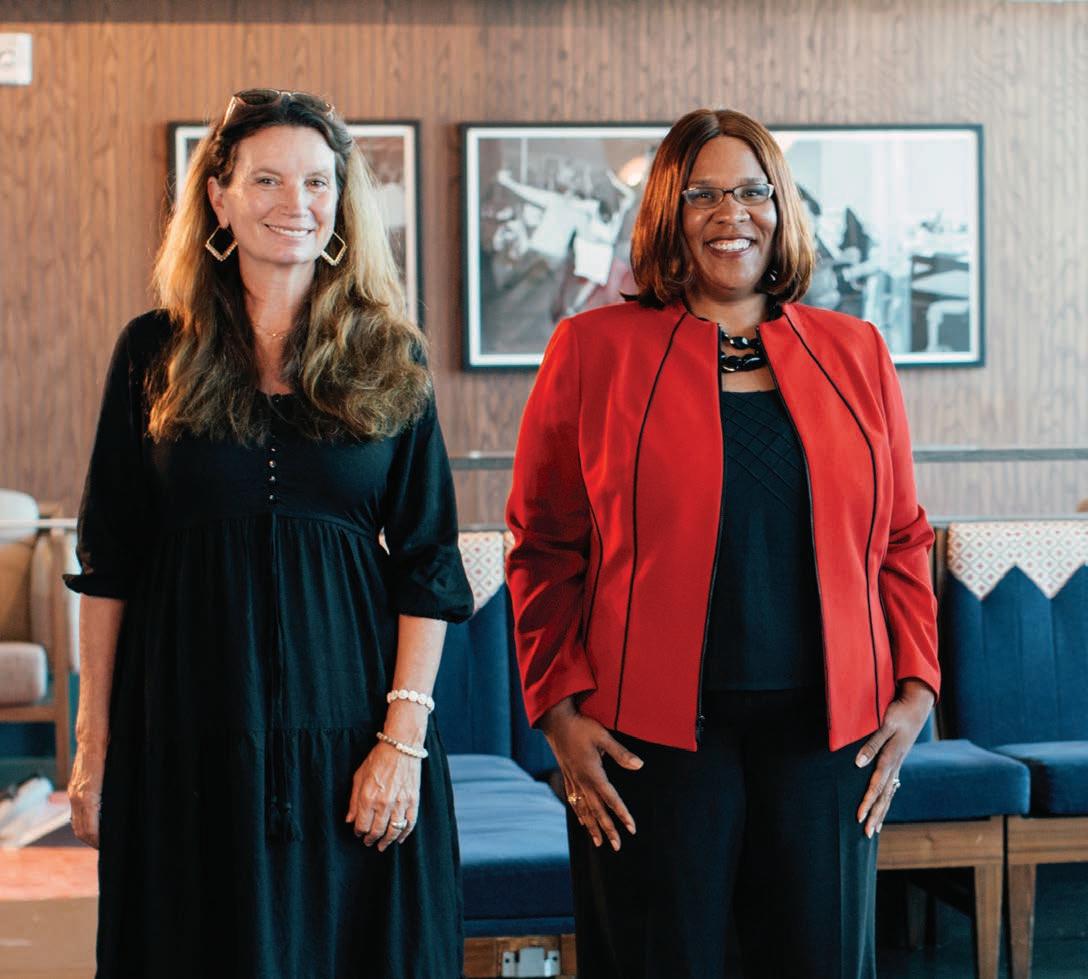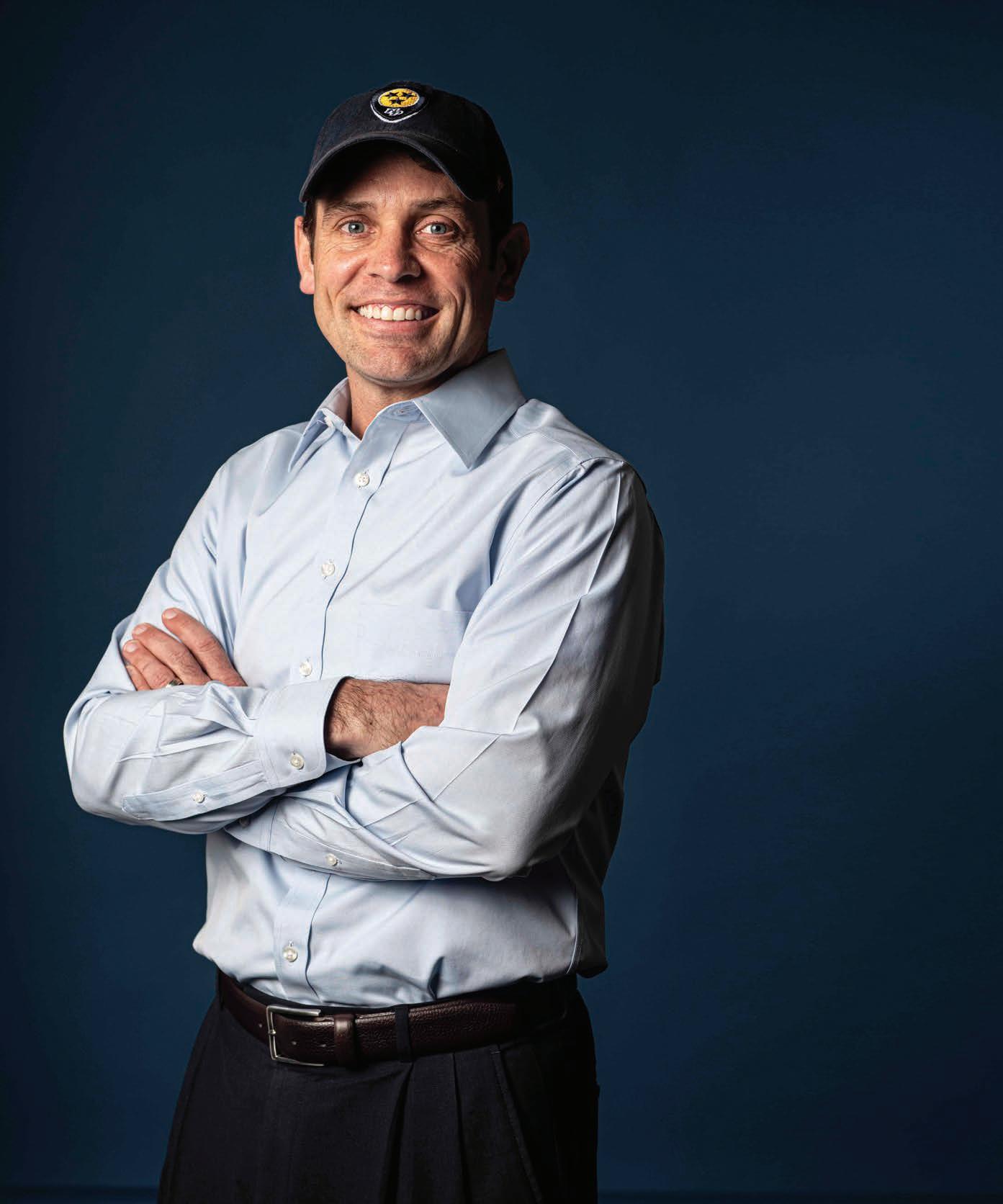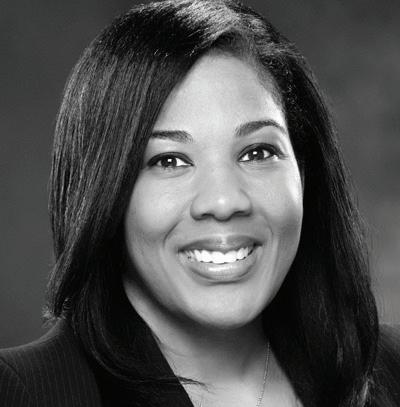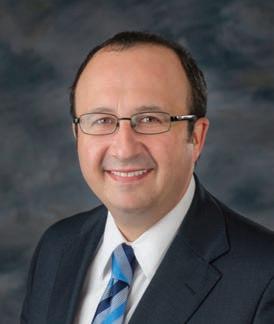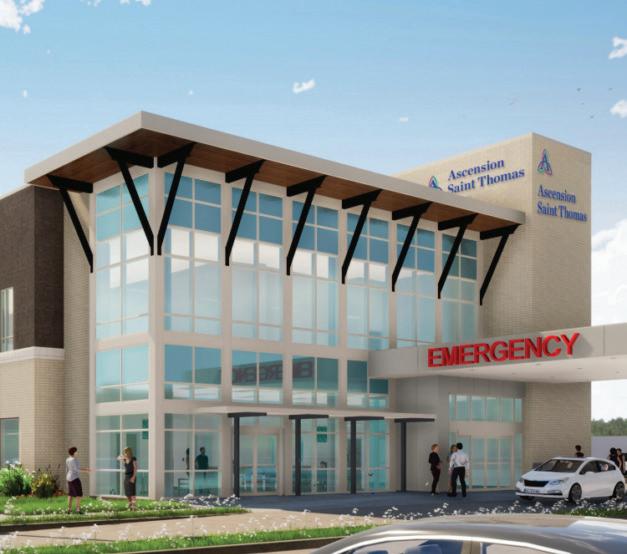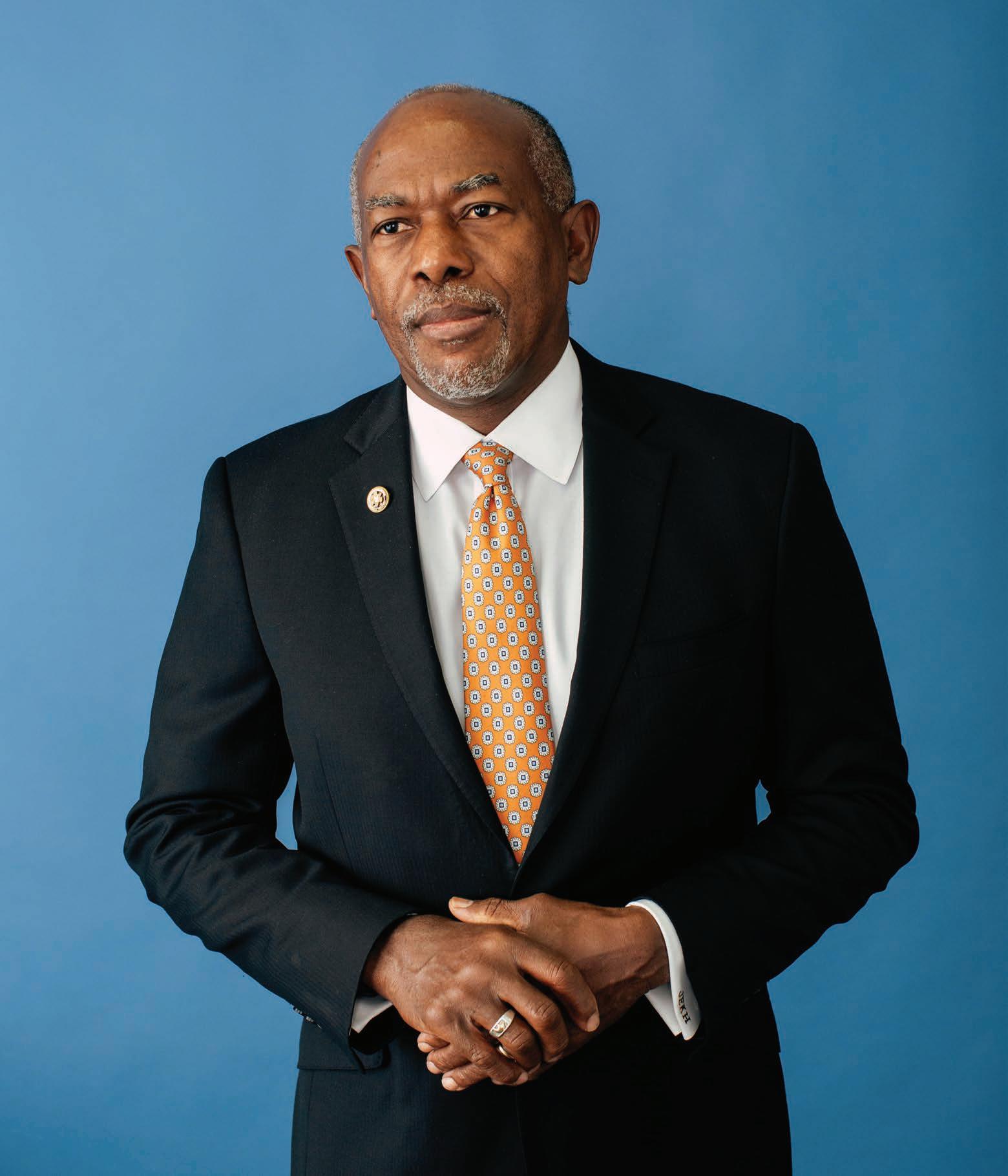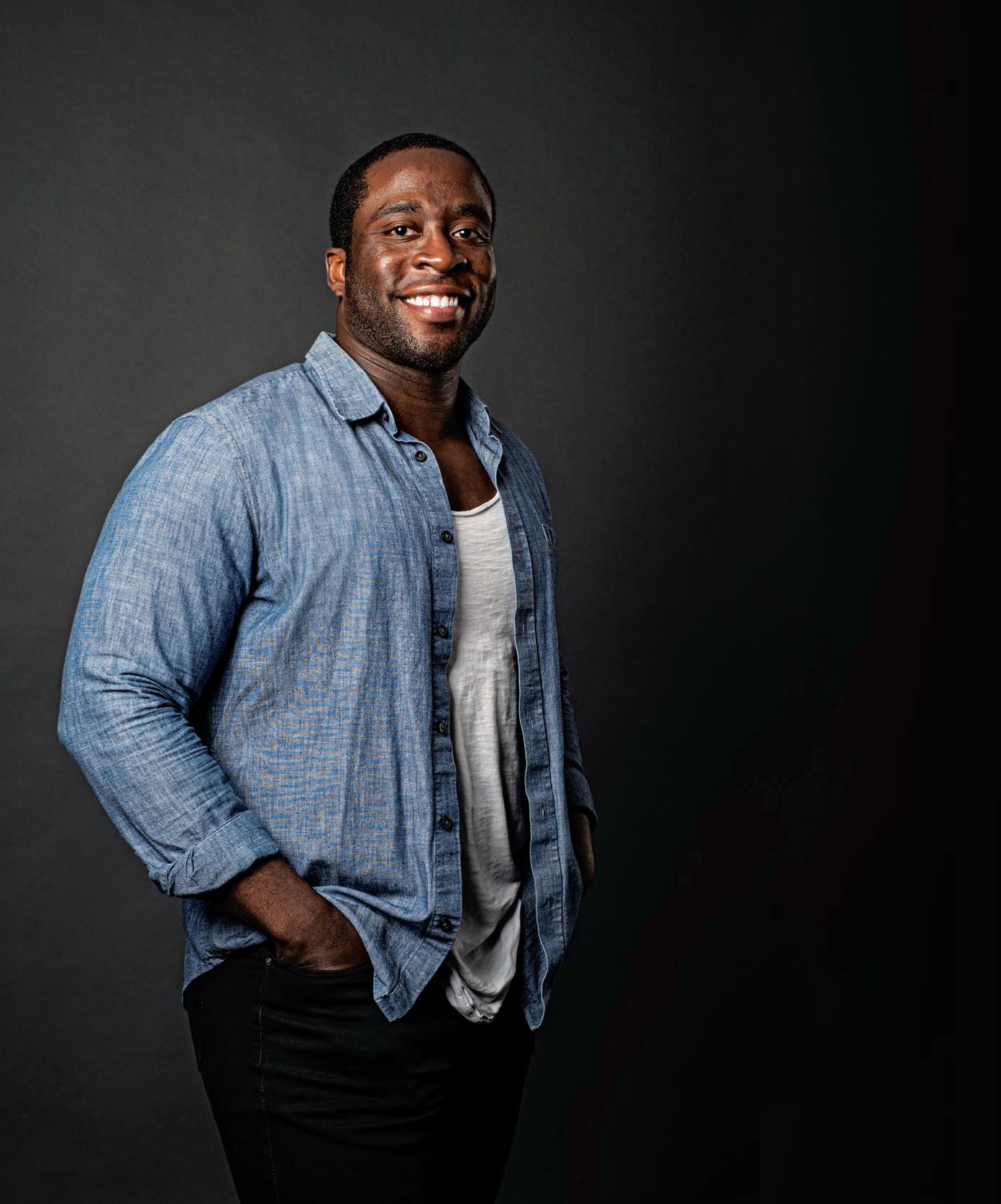VITALS
A need and a willingness to adopt Three pros discuss the rise of virtual reality in health care settings few years after first being floated as a A game-changer for some elements of health care, virtual reality technologies are coming into their own. To take stock of the landscape and trends, the Post in October convened a panel featuring HealthStream Senior Vice President Trisha Coady, BehaVR founder and CEO Aaron Gani and Jumpstart Foundry Managing Director Eller Mallchok. Here are some excerpts, edited for clarity and brevity, from that conversation, which was moderated by Editor Geert De Lombaerde. DE LOMBAERDE: Aaron, tell us a little bit about BehaVR, its origins and where things have come from in the last couple years. GANI: Happy to do it. So I founded BehaVR in 2016. At the time, I was in the Nashville Health Care Council Fellows program, a great program led by Senator Bill Frist and Larry Van Horn from Vanderbilt. At the time, I was the CTO at Humana and had been harboring this desire to start my own business. I had come to believe through my Humana years that we have huge gaps in how behavioral health care is accessed and delivered in the U.S. and globally. I also knew that, in 2016,
20
WINTER 2020 | NASHVILLEPOST.COM
virtual reality was going from being something that had been in largely lab and research settings and was coming out of that setting to be practical in a real-world sense. And what we have is a company that delivers general wellness programs and digital therapeutics programs in the future that focus on stress, anxiety and fear extinction. We have two main products in the market today: one around chronic pain and then our just-launched NurtureVR Program for maternal mental health. DE LOMBAERDE: Trisha, HealthStream made news earlier this year with a partnership with another big local health care name, Community Health Systems, to work on VR in resuscitation training. Can you walk us through that and what you’ve learned in the months since? COADY: Yes, so we’ve been providing resuscitation or CPR programs to our health care organization customers for 10-plus years and we launched a second resuscitation program with the American Red Cross last year. And knowing that there was a 42-percent disparity in post-cardiac arrest survival across the U.S., we wanted to address that through innovation and experiential learning. As a consumer, I want to know that if I went into cardiac arrest, my chances of survival are just as good in Tennessee as they are in California or Idaho. One of the key goals of the health care team during a cardiac arrest is that of a team leader who effectively coordinates all care provided to the patient. It’s a pretty vital role if we want to improve outcomes. With CHS, we spent a few days there with a number of clinicians, piloting our VR scenarios and received really great feedback. One was, “It really felt like I was in the room with the patient and as close as I’ve gotten to a real-life scenario. It really helped me to master the coordination of care.” So with a certain number of things, VR is extremely powerful. DE LOMBAERDE: Eller, in terms of repre-
senting investors but also looking at the end markets that these technologies can go to, how have you seen VR grow into the market?
MALLCHOK: A few years ago, there was so
much hype and so much excitement about it. And really, over the last year — and particularly with COVID — [there has emerged] a big need for virtual training and virtual learning. There’s no question people are struggling with behavioral health and mental health issues. And I think any sort of virtual experience can help alleviate some of the isolation that people are feeling through COVID, through all this time quarantining and being at home. So there is not just a need for it, but there is now more of a willingness to adopt it. The pandemic has forced us to adopt virtual engagement.
DE LOMBAERDE: What are the objections
from patients as well as from users? Aaron, have you seen those walls break down? Have attitudes changed?
GANI: Definitely, they are changing — and have changed a lot even since 2016. Probably the most frequently mentioned thing is, “Well, I’ve heard that some people can get nauseous or there can be some sort of simulator sickness in VR.” And the short response to that is that, with the technology that has come to market in the last few years, you have the processing power on board these headsets to keep the refresh rates well beyond the point where they cause that discomfort. The other major concern that gets voiced is more on the operational side. How do I deploy headsets? It’s one thing if you’re doing it in an enterprise setting, in offices or hospitals. That’s relatively straightforward these days. What if you want to go out to thousands or hundreds of thousands of homes, as we do? That has gotten a lot better in the last 18 months or so. Now we can ship a headset to a patient’s home, you unbox it. It’s completely managed: You power it on, it’s in our application, you cannot screw it up. We can say to a sponsor of care: For a simple per-member-per-month fee, we’ll put a headset in a patient’s home. They can control it from their own smart phone and off they go. It’s getting better by leaps and bounds every six-to-12 months.

